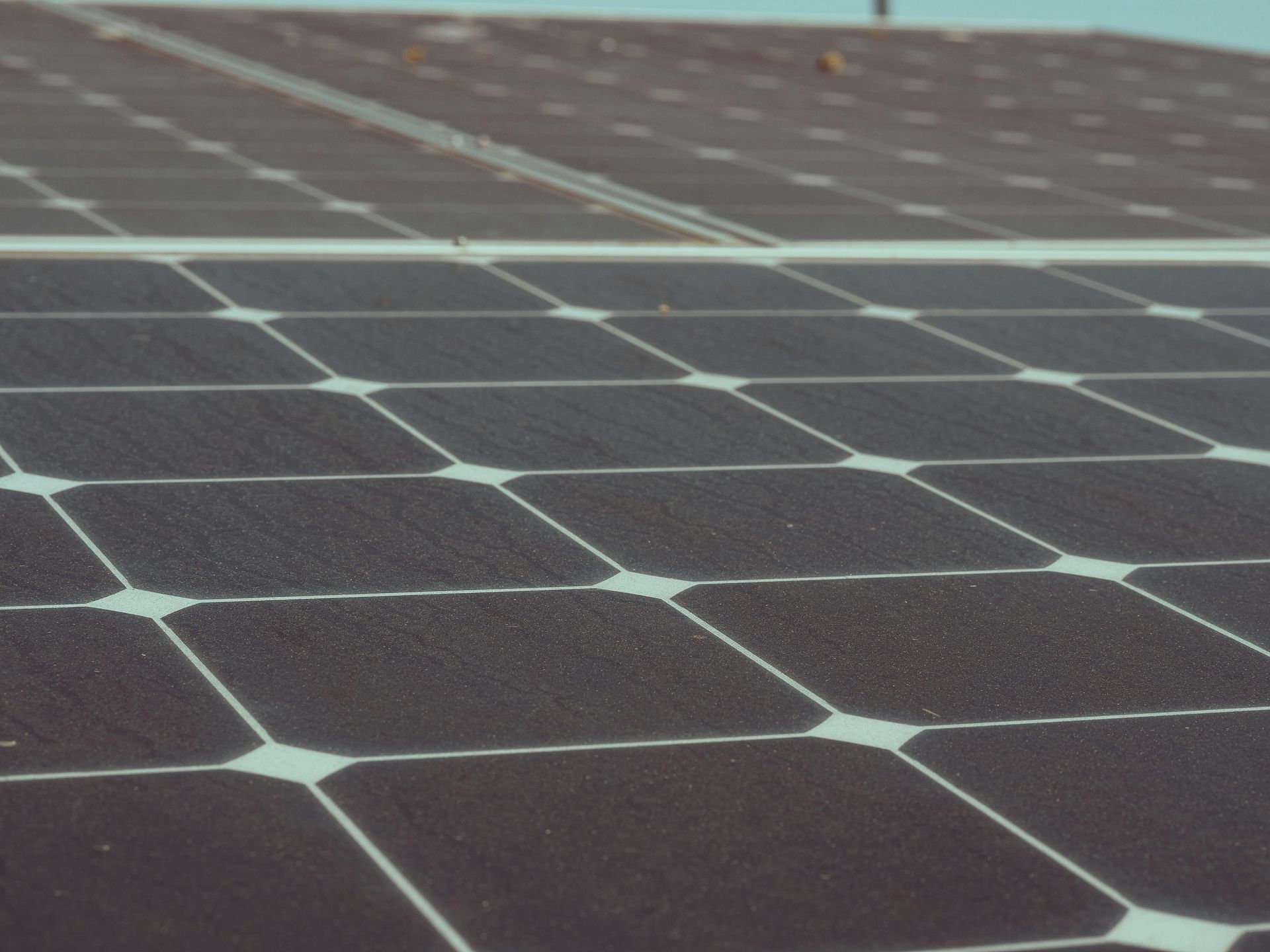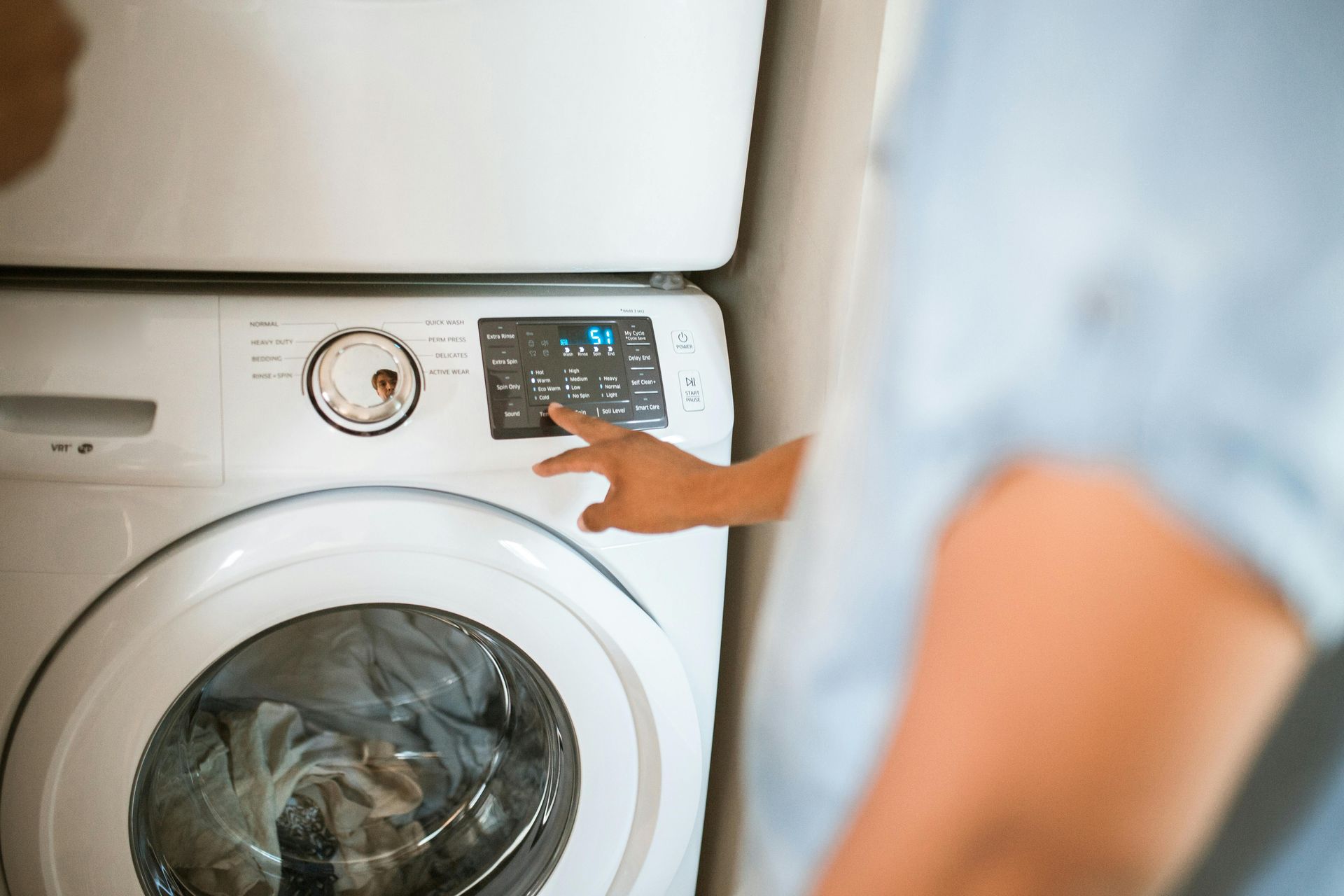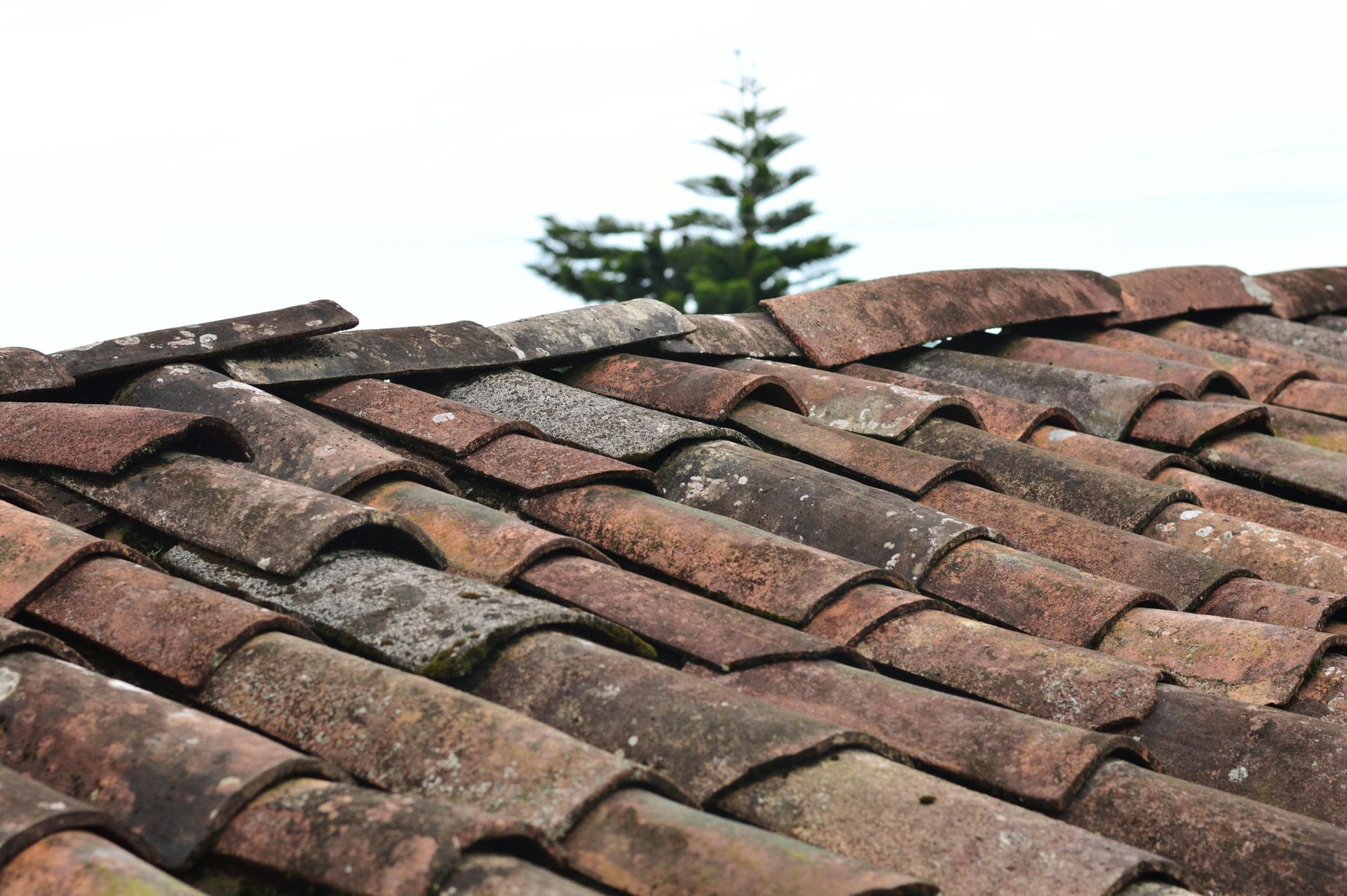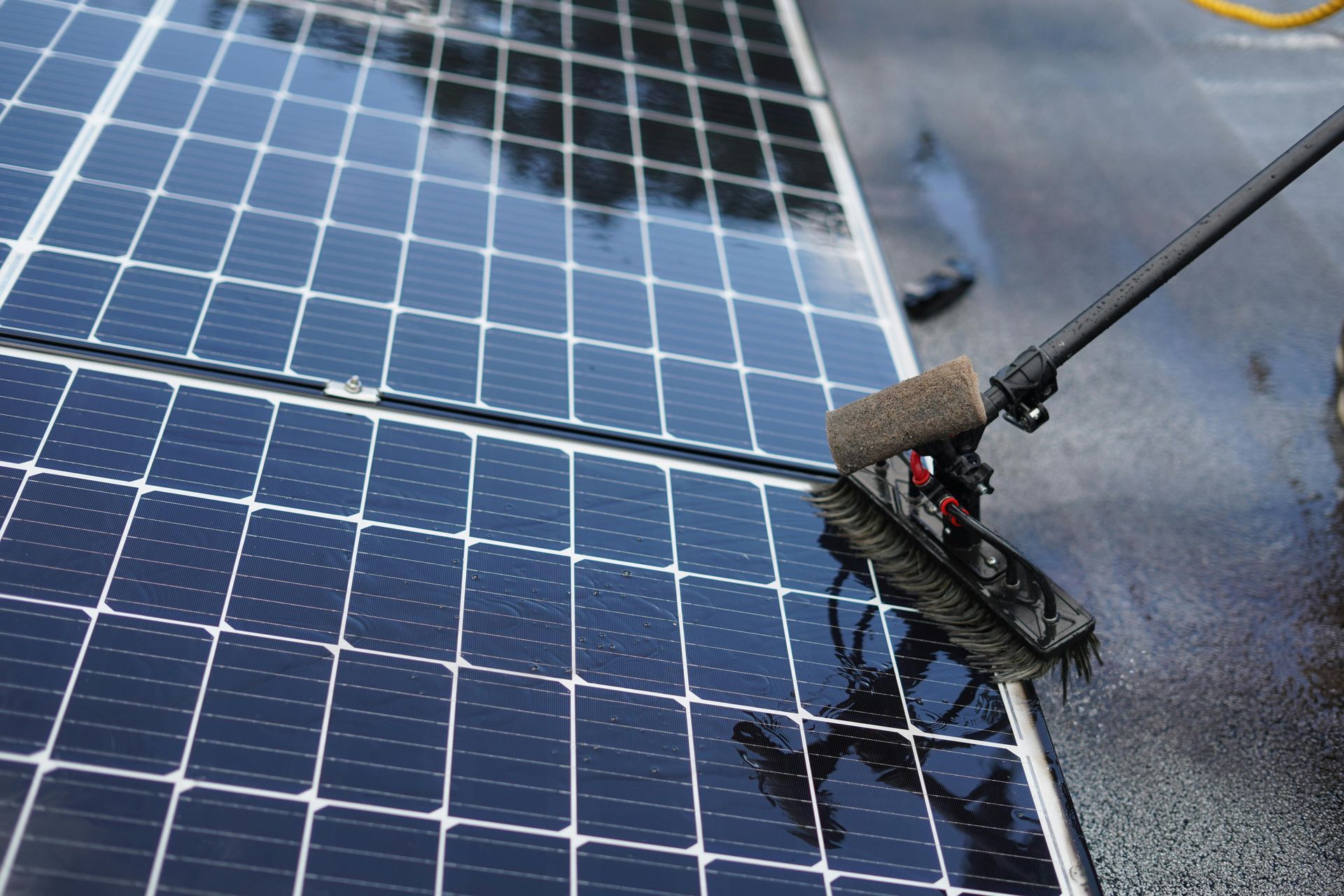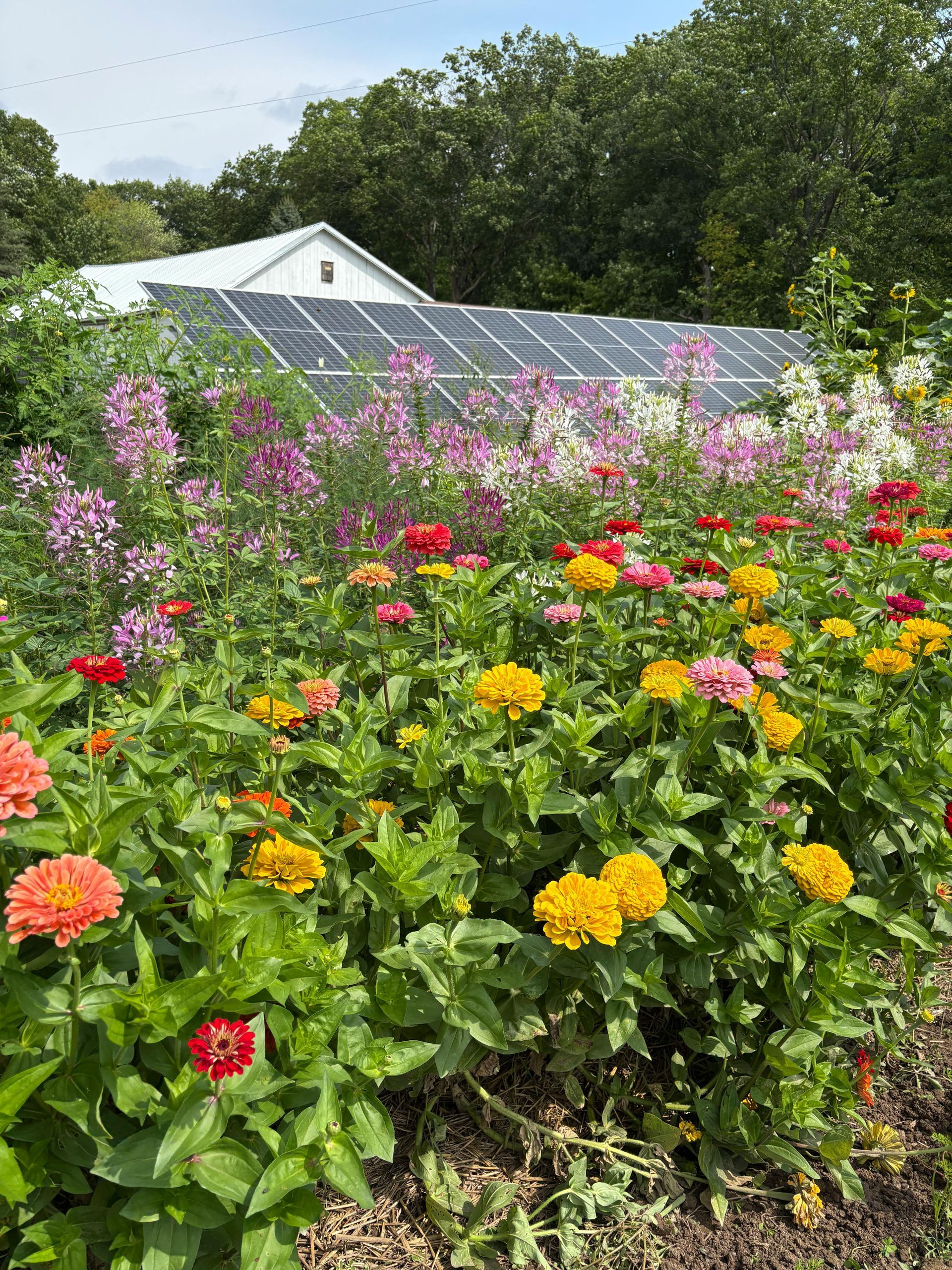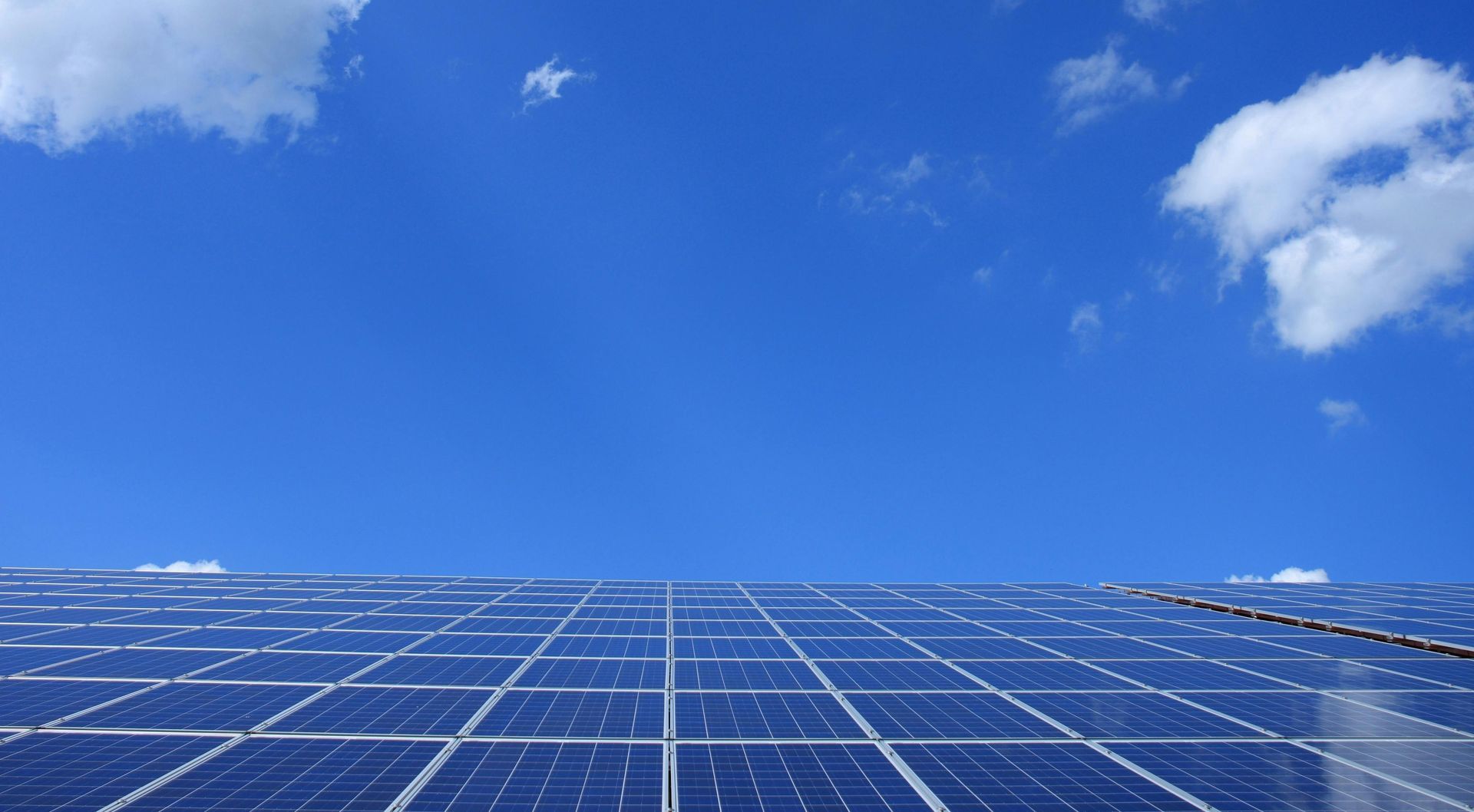The Impact of Sunlight on Solar Panel Efficiency
What Homeowners Need to Know
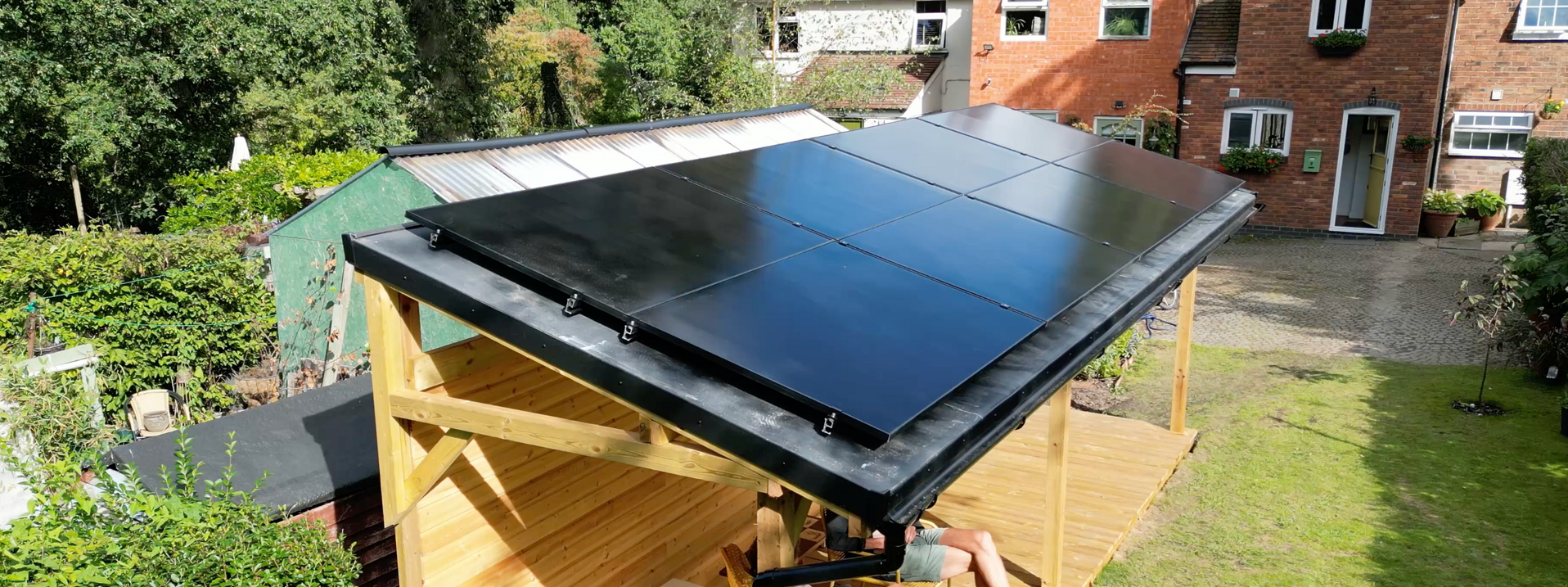
Most homeowners assume more sunlight always means better solar panel efficiency. The truth about sun exposure and solar energy might surprise you. Understanding the sunlight impact on solar panels is key to making the smartest choices for your energy needs. With the clocks going back by an hour this weekend, it means less sunlight and the nights drawing in earlier and earlier until the Spring but it's probably not as bad for your solar panel performance as you think. We'll look at how sunlight hours truly affect solar energy production and what that means for your home but for a more detailed look at how shade affects solar panels, visit this helpful resource.
Understanding Sunlight Impact
Solar panels work by converting sunlight into electricity, but this relationship isn't as simple as "more sun equals more power." Let's break down how sunlight really affects your solar panel system and what factors matter most.
Hours of Sun Exposure
The number of sunlight hours your panels receive directly impacts how much power they generate. But here's what might surprise you: panels don't need constant direct sunshine to be effective. Most solar panels work well with just 4-5 hours of direct sunlight daily. Your panels still produce electricity during cloudy days, though at reduced rates—typically 10-25% of their normal output. This is why homes in less sunny regions can still benefit from solar energy. Peak sun hours (when sunlight is most direct) matter more than total daylight hours. For example, three hours of direct midday sun often produces more energy than six hours of weak morning light. This explains why tracking "peak sun hours" for your location gives you a better picture of potential solar production than simply counting daylight hours.
Seasonal Variations in Solar Energy
Solar energy production changes with the seasons, creating a natural cycle your system will follow throughout the year. Summer brings longer days and more direct sunlight, boosting your solar energy production. In contrast, winter days are shorter with the sun sitting lower in the sky, reducing output by 30-50% compared to summer months. This seasonal pattern means your system might generate twice as much electricity in July as it does in December.
Weather patterns also create seasonal differences. Snow can actually help your panels by reflecting light onto them, but only if the snow doesn't cover the panels themselves. Rain can be beneficial too—it washes away dust and debris that might block sunlight. Smart solar planning accounts for these seasonal shifts. Many homeowners size their systems based on annual averages rather than trying to meet 100% of their needs during low-production winter months.
Maximising Solar Panel Efficiency
Now that you understand how sunlight affects your panels, these are some of the ways to get the most energy from your solar investment, starting with proper placement.
Ideal Panel Placement
Where you place your solar panels can make a 20-40% difference in their total energy output over the year.
Much like the ideal position for a back garden, south facing roof sections capture the most sunlight throughout the day. For flat roofs, mounting brackets can create the ideal angle. The perfect tilt angle roughly matches your latitude—a 40° tilt works best for homes around 40° latitude.
Avoid shade from trees, chimneys or nearby buildings whenever possible. Even partial shade on one panel can reduce the output of an entire string of connected panels. Modern microinverter systems help minimise this "string effect" by allowing each panel to operate independently. If you have space, some homeowners install ground mounted systems when roof placement isn't ideal or there are other alternatives such as garages, garden building and summer houses. Though more expensive initially, these systems can be positioned perfectly and are easier to clean and maintain. They work especially well for properties with large, open spaces away from tall trees.
Maintenance for Optimal Performance
Simple maintenance keeps your solar panels working at their best, ensuring you capture maximum sunlight year-round. Clean panels produce 3-5% more electricity than dirty ones. In most areas, rain naturally washes away dust and debris. However, during dry seasons or in dusty regions, gently spraying panels with water from ground level every 3-6 months helps maintain peak performance. Check for leaves, bird droppings, or pollen that might block sunlight. These concentrated spots of shade can reduce output more than general dust. For safety reasons, hire professionals for cleaning if your roof is steep or your panels are difficult to reach.
Monitor your system's output regularly through your inverter display or monitoring app. A sudden drop in production might signal a maintenance issue that needs attention. Most systems allow you to compare current production with previous days or years, making it easy to spot problems. Trim back tree branches that create shade as they grow. What started as a shade-free installation might change as nearby trees mature.
Benefits of Solar Energy Production
Beyond just saving on electricity bills, your solar panel system delivers broader benefits worth considering.
Contribution to Renewable Energy Sources
Your rooftop solar system plays a direct role in building a cleaner energy future for everyone.
Each kilowatt-hour your panels produce means one less kilowatt-hour needed from fossil fuel plants. The average home solar system offsets about 100,000 pounds of carbon dioxide over its lifetime—equal to planting over 50 trees each year. This direct environmental impact grows as more homes and businesses install solar panels. Solar energy helps reduce demand during peak hours when the electrical grid is most stressed. This "peak shaving" effect benefits everyone by reducing the need for expensive peaker plants that only run during high-demand periods. Your system helps stabilise the grid, especially during summer afternoons when air conditioning use spikes.
Local solar production also reduces transmission losses that occur when electricity travels long distances from power plants. By generating power right where it's needed, your system makes the entire energy system more effective.
Long Term Savings for Homeowners
The financial benefits of solar energy extend far beyond your monthly electric bill reduction.
Most home solar systems pay for themselves in 7-10 years while continuing to produce power for 25-30 years. This creates 15-20 years of essentially free electricity after the payback period. With average estimated savings of £1,000-£1,500 annually, many homeowners save £20,000-£30,000 over the system's lifetime.
Solar panels increase home value by about 4.1% on average, according to studies by Rightmove and Zoopla. Buyers willingly pay more for homes with solar already installed, knowing they'll benefit from lower energy costs. Protection against rising electricity rates provides another financial benefit. While utility rates typically fluctuate, your solar production cost remains fixed once the system is paid off. This "energy independence" becomes more valuable each year as conventional electricity prices climb.
The combination of these benefits — immediate bill reduction, long term savings, home value increase, and protection against rate hikes — creates a compelling financial case for solar energy that goes well beyond simple payback calculations.
Overall, whilst it seems unusual, the lack of hours of sunlight won't have a major impact on the efficiency and energy production of your solar panel installation. There are plenty of ways to manage and get the best of a solar energy system that the solar panel technology embraces so that even in the greyest and rainiest of places (like us here in the UK!), there are still plenty of positive reasons to look at installing solar energy in your home. Talk to us to find out more and get the lowdown on solar panels for your home.


